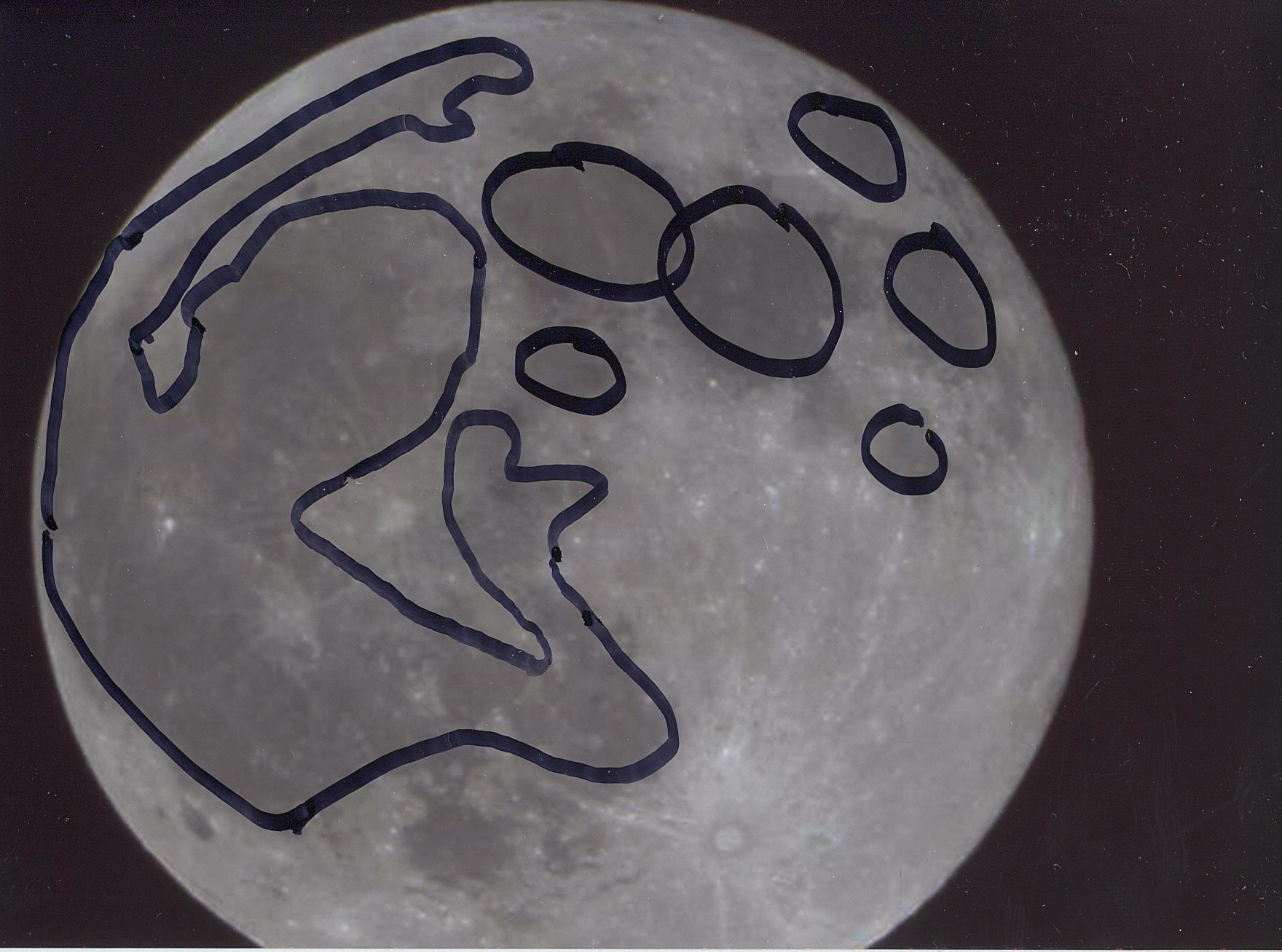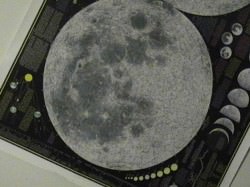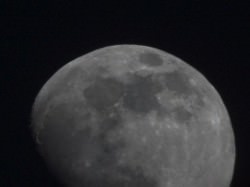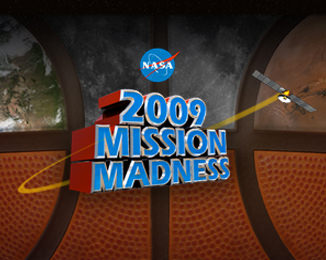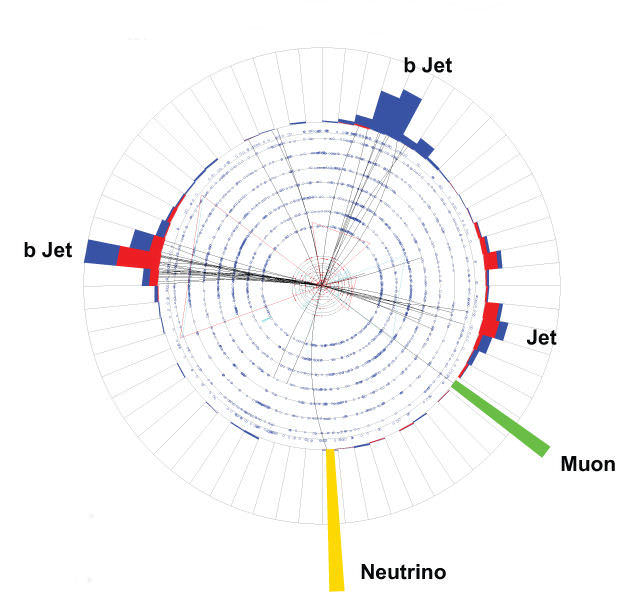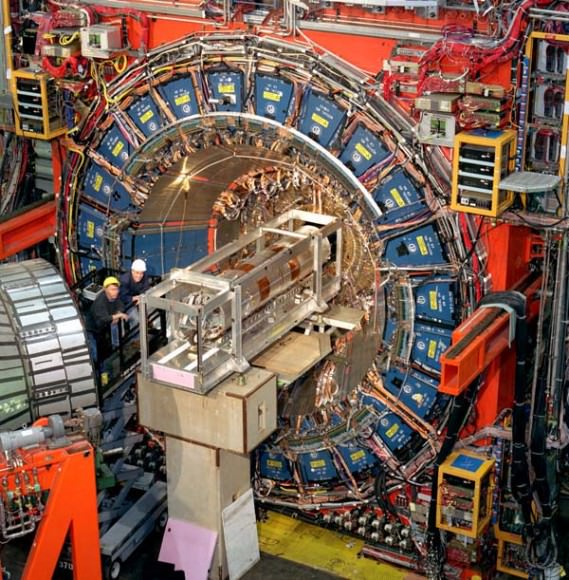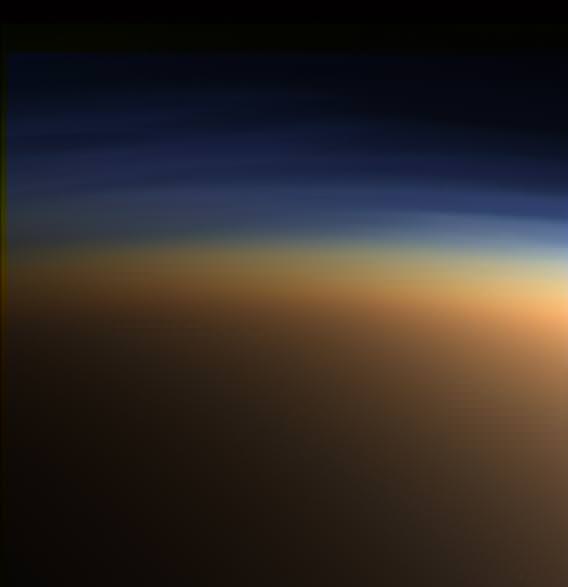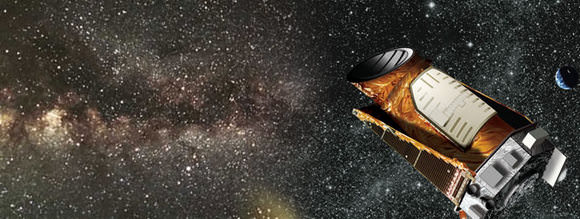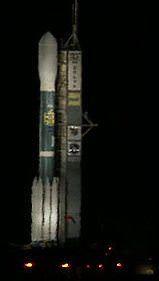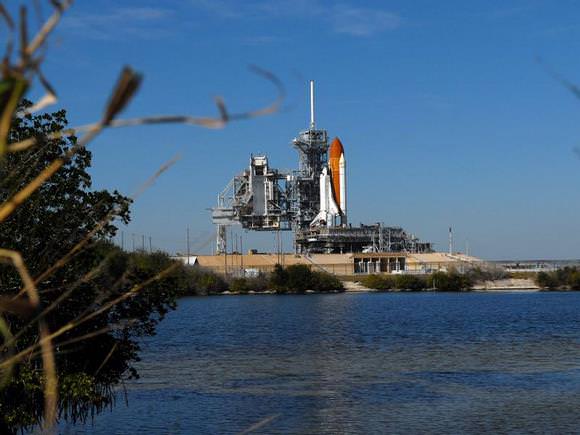[/caption]
Scientists believe that deep down inside the Earth, there’s a huge ball of liquid and solid iron. This is the Earth’s core, and it protects us from the dangerous radiation of space.
When the Earth first formed, 4.6 billion years ago, it was a hot ball of molten rock and metal. And since it was mostly liquid, heavier elements like iron and nickel were able to sink down into the planet and accumulate at the core. The core is believed to have two parts: a solid inner core, with a radius of 1,220 km, and then a liquid outer core that extends to a radius of 3,400 km. The core is through to be 80% iron, as well as nickel and other dense elements like gold, platinum and uranium.
The inner core is solid, but the outer core is a hot liquid. Scientists think that movements of metal, like currents in the oceans, create the magnetic field that surrounds the Earth. This magnetic field extends out from the Earth for thousands of kilometers, and redirects the solar wind blowing from the Sun. Without this magnetic field, the solar wind would blow away the lightest parts of our atmosphere, and make our environment more like cold, dead Mars.
Although the Earth’s crust is cool, the inside of the Earth is hot. The mantle is only about 30 km beneath our feet, and it’s hot enough to melt rock. At the core of the Earth, temperatures are thought to rise to 3,000 to 5,000 Kelvin.
Since the core is thousands of kilometers beneath our feet, how can scientists know anything about it? One way is to just calculate. The average density of the Earth is 5.5 grams per cubic cm. The Earth’s surface is made of less dense materials, so the inside must have something much more dense than rock. The second part is through seismology. When earthquakes rock the surface of the Earth, the planet rings like a bell, and the shockwaves pass through the center of the Earth. Monitoring stations around the planet detect how the waves bounce, and scientists are able to use this to probe the interior of the Earth.
We have written many articles about the Earth for Universe Today. Here’s an article about how the Earth might actually have an inner, inner core.
Want more resources on the Earth? Here’s a link to NASA’s Human Spaceflight page, and here’s NASA’s Visible Earth.
We have also recorded an episode of Astronomy Cast about Earth, as part of our tour through the Solar System – Episode 51: Earth.
Sources:
http://en.wikipedia.org/wiki/Structure_of_the_Earth
http://scign.jpl.nasa.gov/learn/plate1.htm


